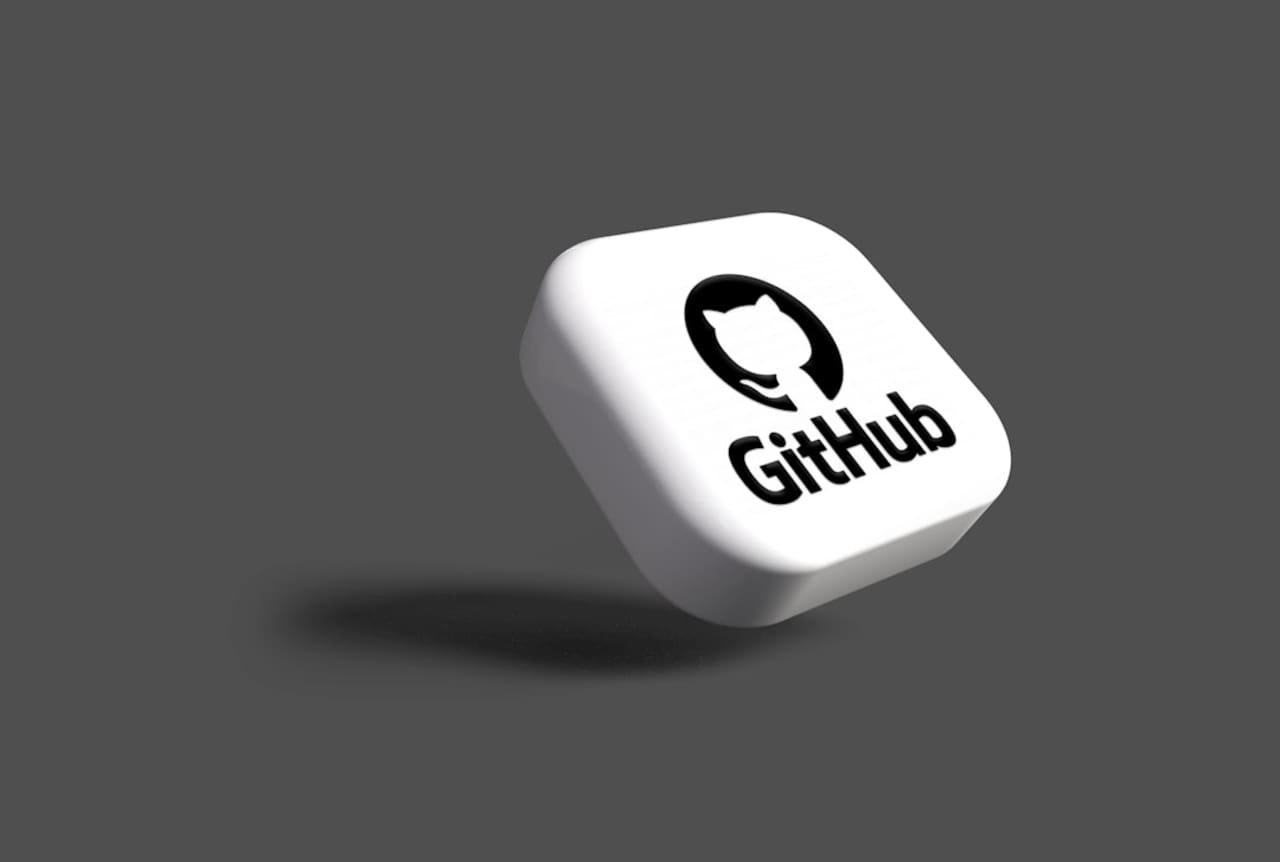Debugging Techniques in Golang
- With Code Example
- August 17, 2023
Mastering Effective Strategies and Tools for Smooth Development
Series - Golang Best Practices
- 1: Introduction to Golang Best Practices
- 2: Code Formatting and Style - A Guide for Developers
- 3: How To Handle Errors In Golang Effectively
- 4: Concurrency and Goroutines - Learn Parallelism in Golang
- 5: Memory Management in Golang - Safeguarding Efficiency and Stability
- 6: Testing, Benchmarking and Continuous Integration in Golang
- 7: Performance Optimization in Golang
- 8: Package and Module Design in Golang
- 9: Security Best Practices for Go Applications
- 10: Documentation and Comments in Go
- 11: Debugging Techniques in Golang
- 12: Continuous Improvement and Code Reviews
- 13: Understanding Error Handing in Golang
Debugging is a critical skill that every developer must possess. It’s the process of identifying, isolating, and resolving issues within your codebase. In the world of Golang, mastering effective debugging techniques can significantly enhance your development workflow and help you create more reliable and robust applications. In this guide, we’ll delve into essential debugging strategies, explore powerful debugging tools, and learn how to handle runtime errors and panics with confidence.

Effective Debugging Strategies in Golang
Debugging is a systematic process that involves a combination of strategies and tools. By adopting the right approach, you can efficiently track down and eliminate bugs from your code.
1. Divide and Conquer
Break down your code into smaller parts and isolate the problematic section. This approach makes it easier to pinpoint the root cause of the issue.
2. Print Debugging
Use fmt.Println or log statements strategically to print variable values and intermediate results. This helps you understand the flow of your program and identify unexpected behavior.
package main
import "fmt"
func main() {
for i := 1; i <= 5; i++ {
fmt.Println("Current value of i:", i)
}
}
3. Use Debugger
Integrated development environments (IDEs) like Visual Studio Code provide built-in debuggers. Set breakpoints, inspect variables, and step through your code to catch bugs in action.
Utilizing Debugging Tools and Profilers
Golang offers a range of debugging tools and profilers that can help you dig deep into your code and analyze its performance.
1. GDB (GNU Debugger)
GDB is a powerful debugger that allows you to examine the state of your program at various points. Use it to set breakpoints, inspect variables, and track the execution flow.
2. pprof
The pprof package provides a set of tools to analyze the runtime performance of your Go programs. It helps you identify bottlenecks and optimize critical sections of your code.
Handling Runtime Errors and Panics
Despite our best efforts, runtime errors and panics can still occur. It’s essential to handle these situations gracefully to ensure a smooth user experience.
1. Error Handling
Use the error type to represent errors in Go. Return errors from functions and check them explicitly to prevent unexpected behavior.
package main
import (
"fmt"
"os"
)
func main() {
file, err := os.Open("non_existent_file.txt")
if err != nil {
fmt.Println("Error:", err)
return
}
defer file.Close()
// Read from the file
}
2. Panic and Recover
In cases where recovery is possible, use the recover function to catch and handle panics. This prevents your program from crashing and allows for graceful termination.
package main
import "fmt"
func main() {
defer func() {
if r := recover(); r != nil {
fmt.Println("Recovered from panic:", r)
}
}()
// Code that might cause a panic
}
Conclusion
Debugging is an essential skill for any developer, and mastering it can significantly improve your coding proficiency and the quality of your Golang applications. By adopting effective debugging strategies, leveraging powerful tools and profilers, and knowing how to handle runtime errors and panics, you’ll be better equipped to tackle challenges and create robust, reliable, and error-free code.





